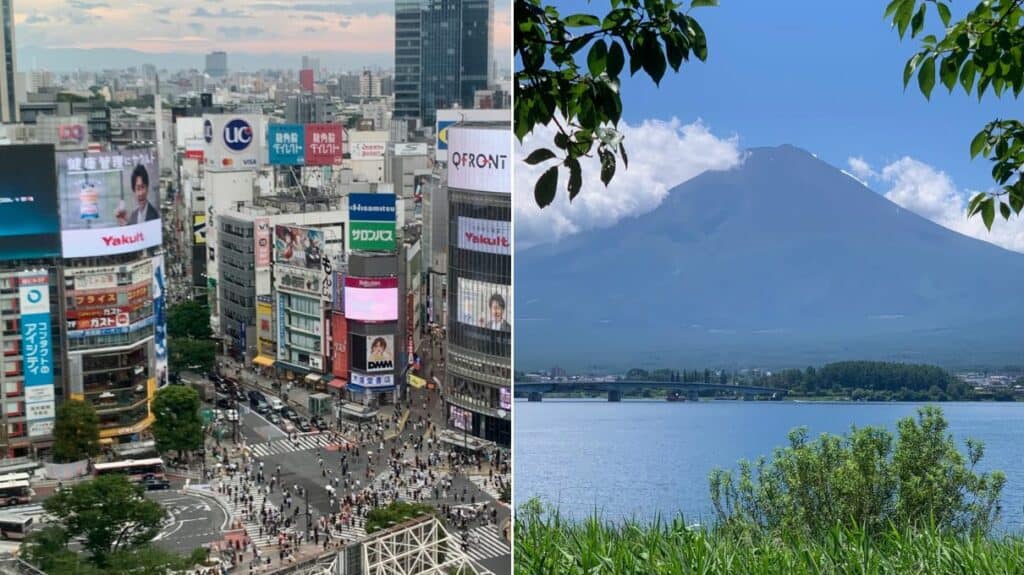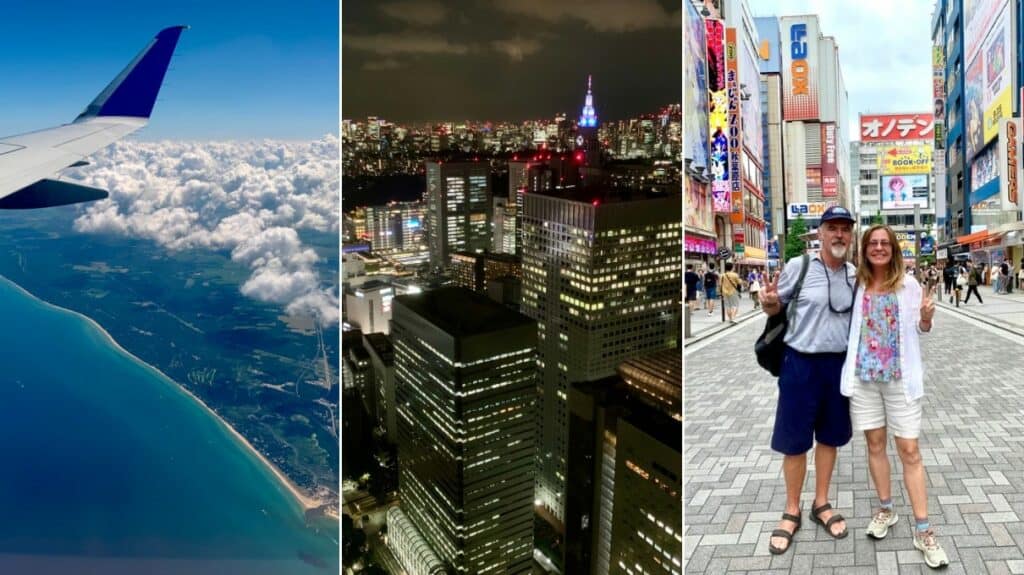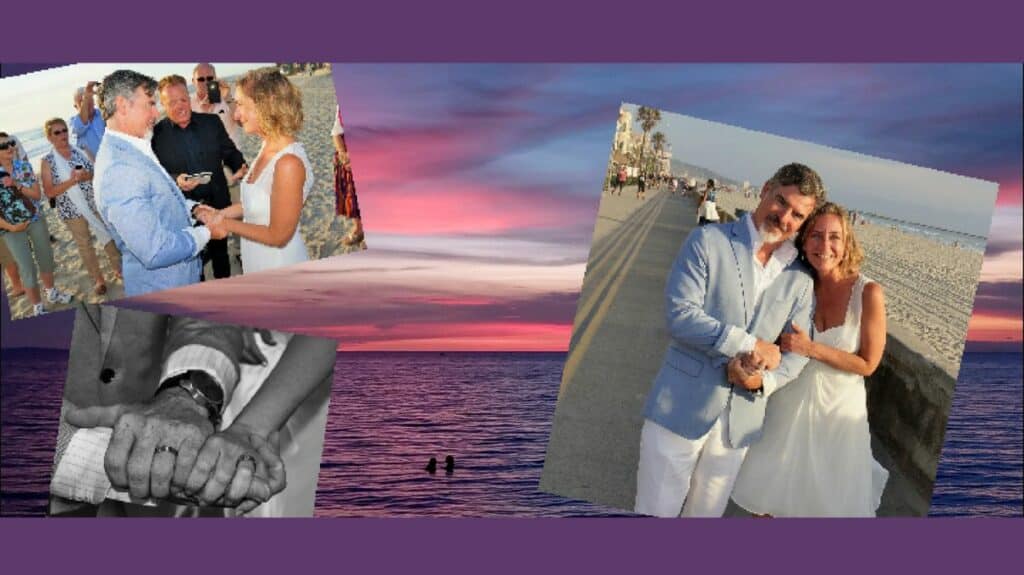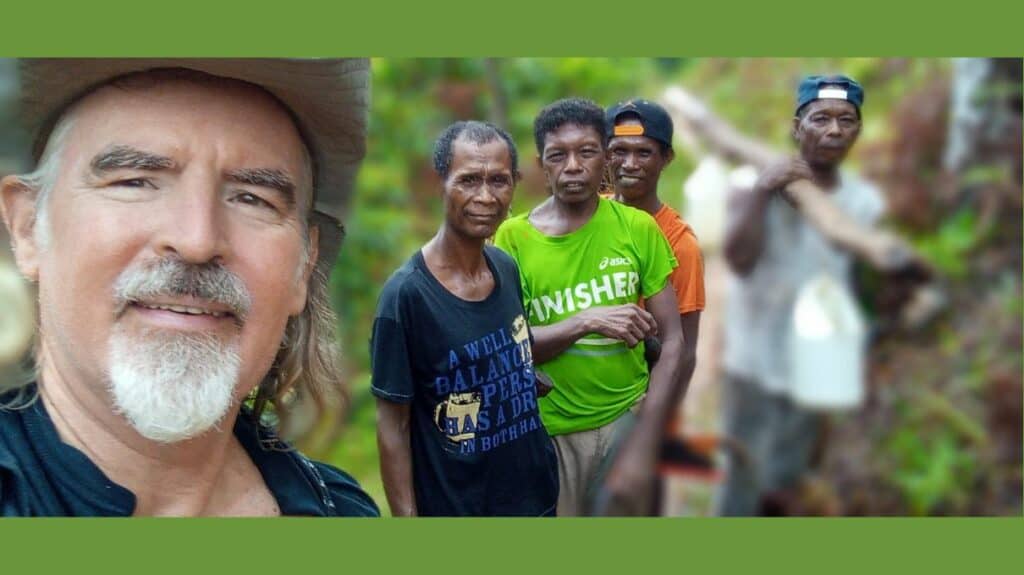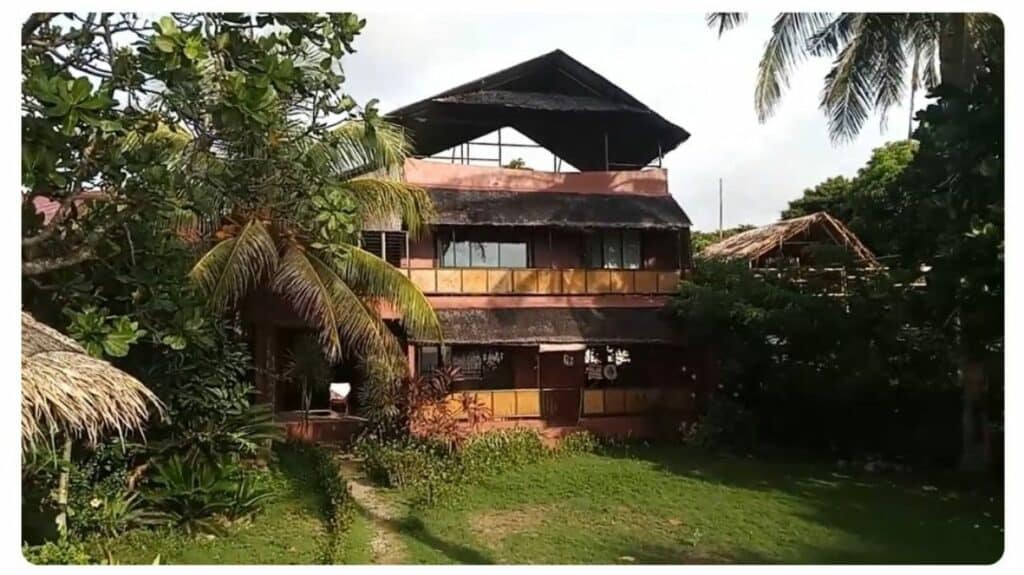Last Updated on March 16, 2024 by Ellen
We left Nepal and returned to India to meet up with Theo’s mom, Diane, who had gone ahead to Kolkata. Together again! Mom Diane pointed out prior to our arrival that Kolkata has some nice features: huge parks, modern restaurants, old-fashioned trams, and stop lights at major intersections. A week in Kolkata flew by. These are just a few highlights.
We used Air India to fly from Kathmandu to Kolkata, and the airline gave us a pleasant journey back into India’s chaotic environment.
Our free guide about slow travel in India can help get you quickly acclimated to this wondrous country.
Read this before you visit the subcontinent.
A week in Kolkata
The Mother House
Formerly named ‘Calcutta’, most westerners associate the city with ‘Mother Teresa of Calcutta.’ Saint Teresa’s grave is at what’s called ‘The Mother House’. This is a landmark, a museum, — and more importantly — a place that still helps the poor of any race or faith. Mom Diane volunteered to help the dying at The Mother House while we were in Nepal.
Tourists like me and Theo didn’t see that part of the complex. As casual tourists, we visited a small museum on the site that chronicles the life of Saint Teresa. You can also see her room pretty much as she left it, incuding the bed where she died.
Photos are only allowed to be taken at Saint Theresa’s grave.
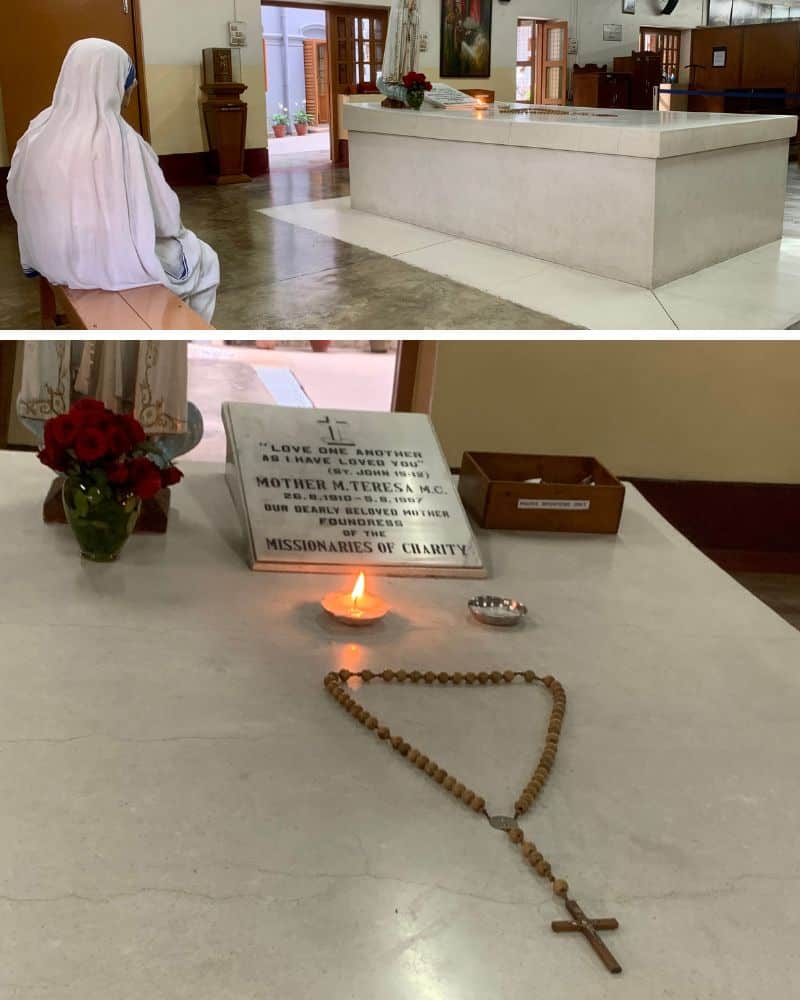
Maidan Park
Parks in Kolkata offer a break from the city traffic bustling with every conveyance imaginable. The major park is huge – The Maidan. At nearly 1,000 acres, it is the largest urban park in India!
The Maidan is also known for the iconic Victoria Memorial. It was built to honor Queen Victoria, and even though it is a dreadful reminder of colonization, it is a beautiful marble building in a serene park setting.
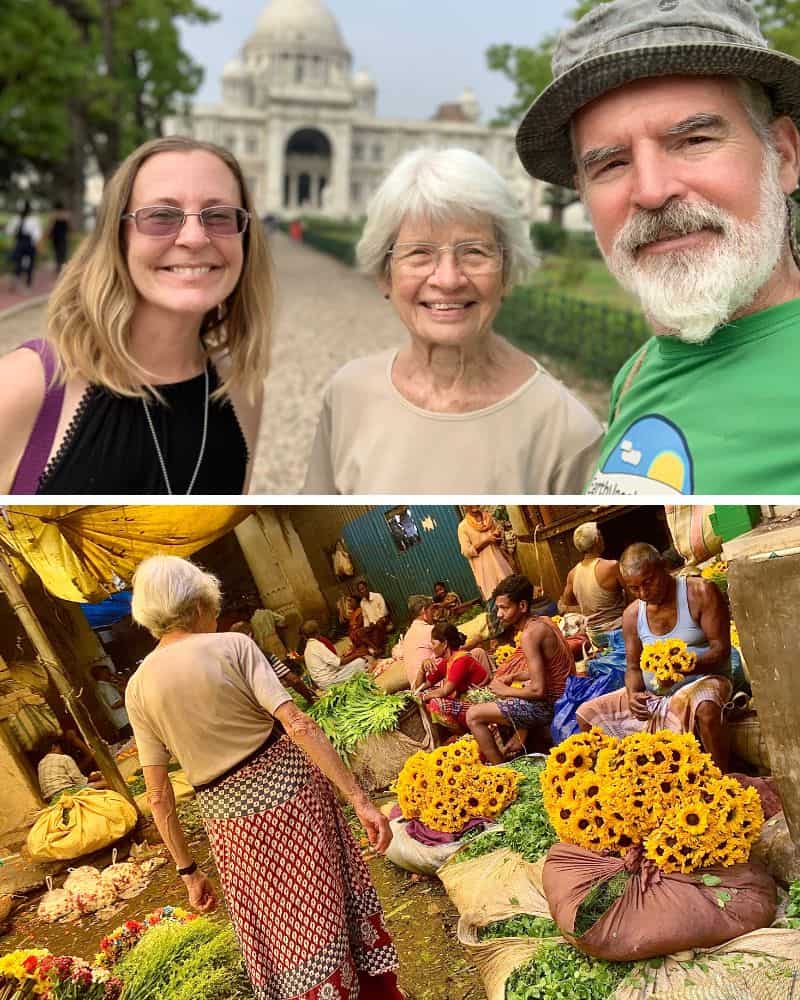
Restaurants, shops, markets galore
As an urban center, there appears to be a market of some sort on virtually every street. We sought out the famed flower market, but honestly, it wasn’t as extravagant as we had read. Perhaps because we didn’t get there in the early morning.
There are plenty of air conditioned restaurants and shops of all kinds – from small mom-and-pop shops, which still dominate India, and big box Asian-based chains, such as Decathlon.
Getting around
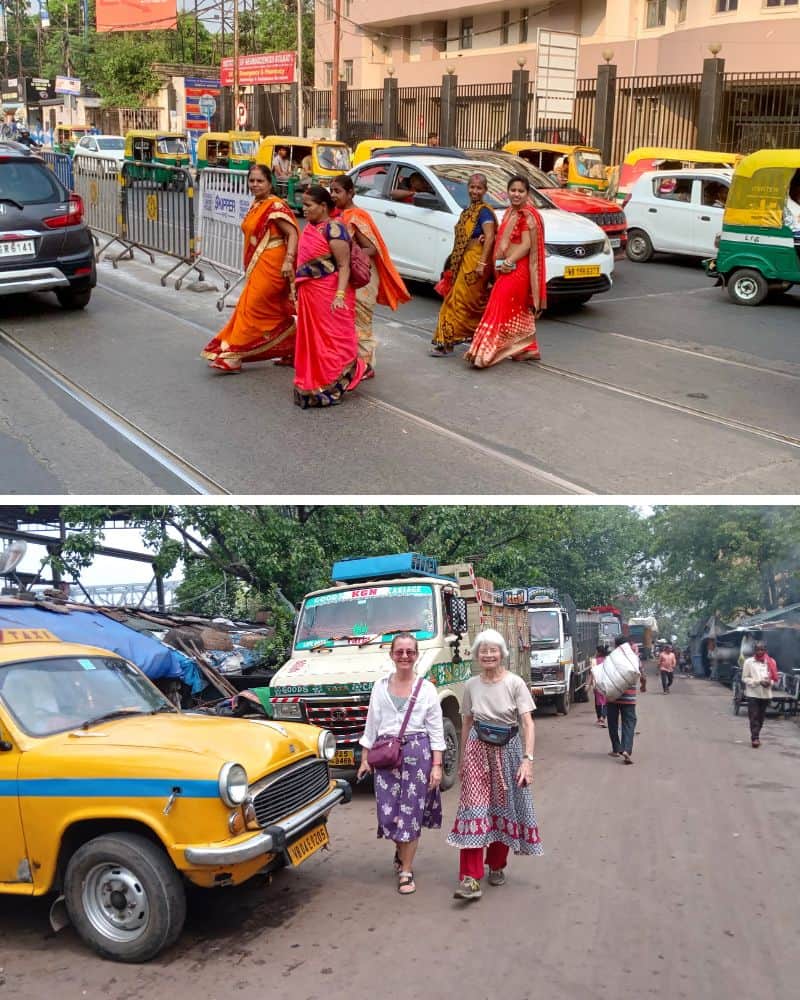
Walking is what it is in Indian mega cities (more than 10 million people). Look both ways, and up and down, because you never know where someone will come from. The exception seemed to be Maidan Park – and other parks – in areas closed to traffic.
The buses in Kolkata are great – they will stop if you flag them down and the routes are on Google maps (unlike some smaller Indian cities). If one is full, wait for the next one. You won’t wait too long on common routes.
Modern vehicles are used by Uber drivers. However, the more becoming ride is a Hindustan Ambassador — Kolkata’s famous taxi.
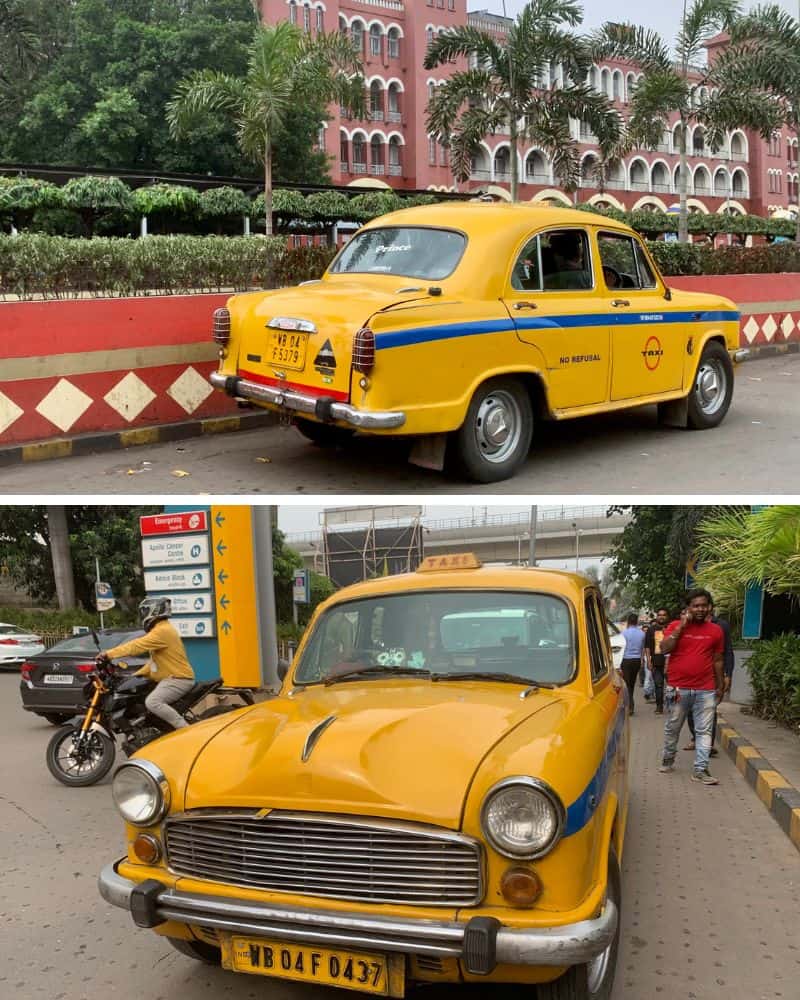
Built between 1957 and 2014, they add a certain charm to Kolkata. We rode one across a section of the city for only $2.50 – from the Howrah rail station to Apollo Multi Specialty Hospital. I waited in the hot weather for about 30 minutes to get the official ‘pre-paid’ price because I was curious to see what it actually cost. A number of drivers offered to take us for about double the price. Still, traffic in a mega city is not easy, especially when it’s 100 degrees — and these cars have no air conditioning – so I tipped our driver well.
Trams are another option – but only if you have a lot of time and patience. We rode one once, and it took 45 minutes to go less than two miles because of traffic.
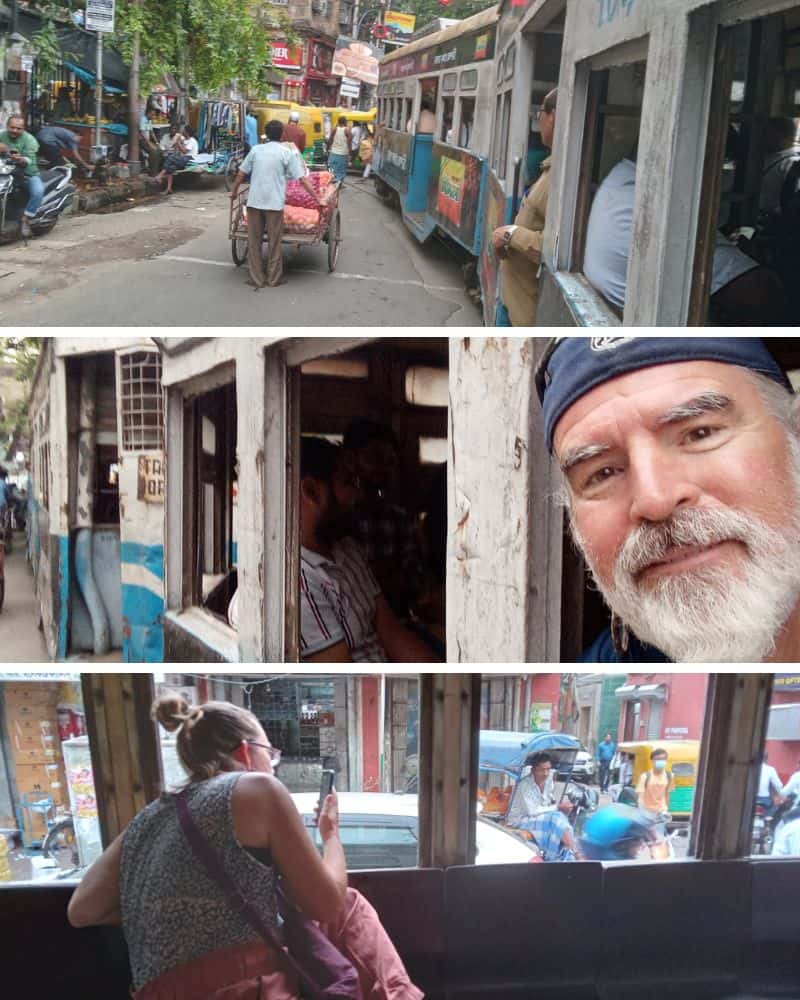
Not many tram lines run these days, and I bet it’s because of the traffic rules — which seem to be anything goes and every driver for himself (except for major intersections that do have stop lights).
And it’s lucky we got to ride it at all! The times and routes are NOT on Google maps. We waved one down on a street where we knew there was an active tram line. The first time we tried to wave one down, we were on the opposite side of the street from the car’s entryway, so the driver didn’t stop.
It wasn’t easy to find information on these trams, so I wonder how much longer the remaining trams will run.
Doctor visit
During our week in Kolkata, I needed a doctor for a stubborn infection so I checked out Apollo Multi Specialty Hospital in the Salt Lake area.
I made an appointment online for the next day. Their international desk was a big help in coordinating a few tests the doctor ordered. The costs were entirely reasonable — less than $100 for blood and urine tests, doctor’s consultation fee, ultrasound and medication for a bladder infection. And that was the ‘foreigner’ price – with no insurance.
If I have any complaint, it’s how the results were handled. I had to go back to pick up the test results, and I had no idea what they meant. The doctor I originally saw was off that day, and we were leaving in another two days.
So, I had to pay an additional consultation fee for another doctor. It was only another $15, but still – it wasn’t exactly a well-thought out plan. Still, all in all it was a decent experience and I would return — but I would caution other slow travelers to make sure you have a few days wiggle room when it comes to test results and your itinerary.
Also, Apollo was absolutely packed with patients. I had to wait two hours for one test, unlike other countries that cater to medical tourists. This reality was not surprising, since India is the world’s most populous country now.
Kolkata: India’s 3rd largest city
We have now been to India’s top three largest cities – and then some: Delhi, Mumbai, Kolkata. In a way, they are the same — huge mega cities. But each one has distinctions. Delhi as the capital, Mumbai as cosmopolitan, Kolkata as …. I dunno … sort of ‘classic’ India. This was how I pictured India in my mind.
Our next stops will be smaller places – but it’s India, so it will still be packed with people — and adventures!
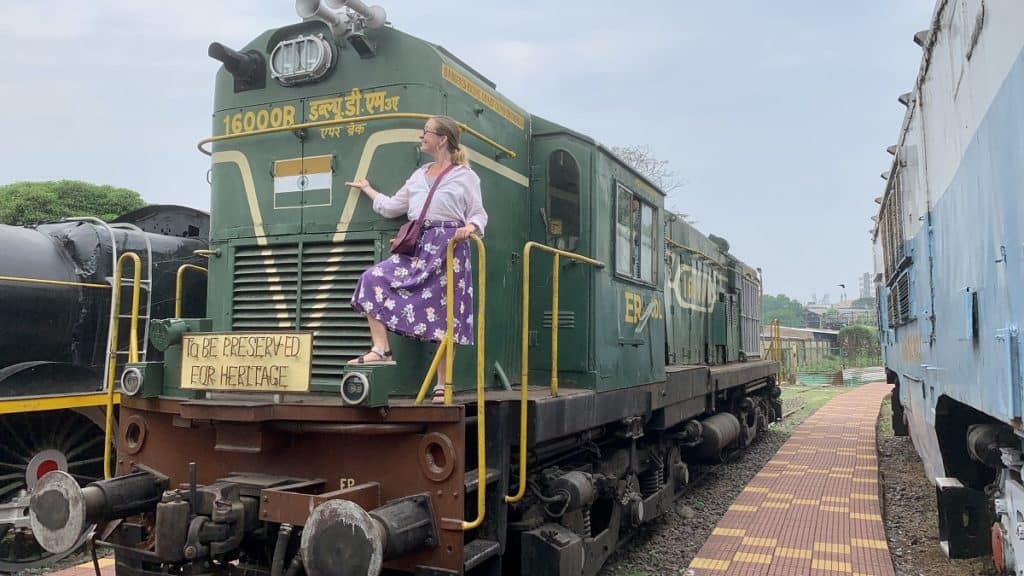
Thanks for reading, “A week in Kolkata.”
Check out our recent blog posts:


